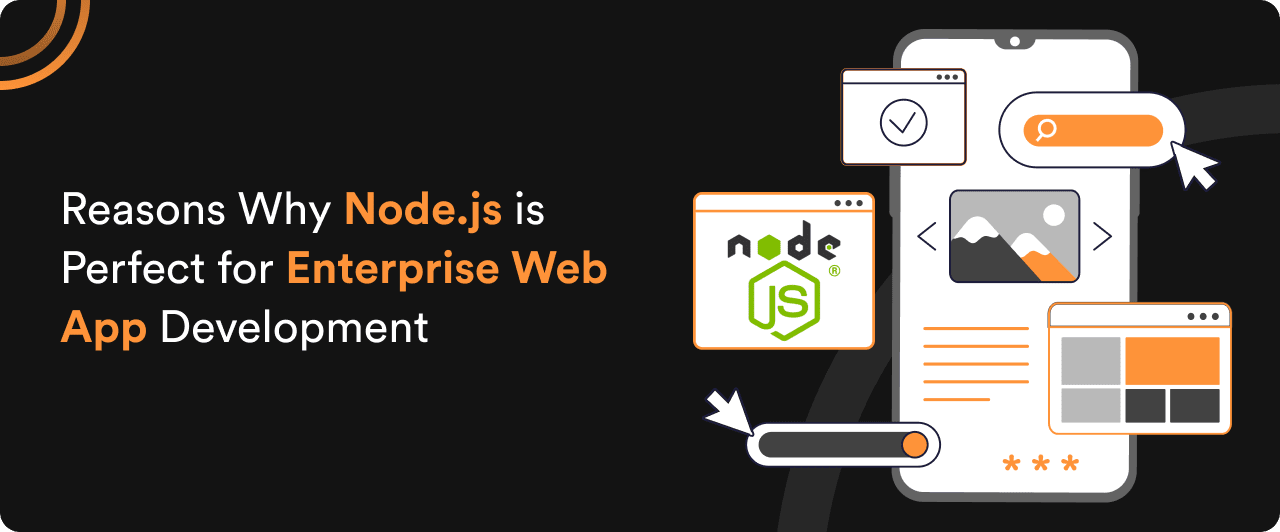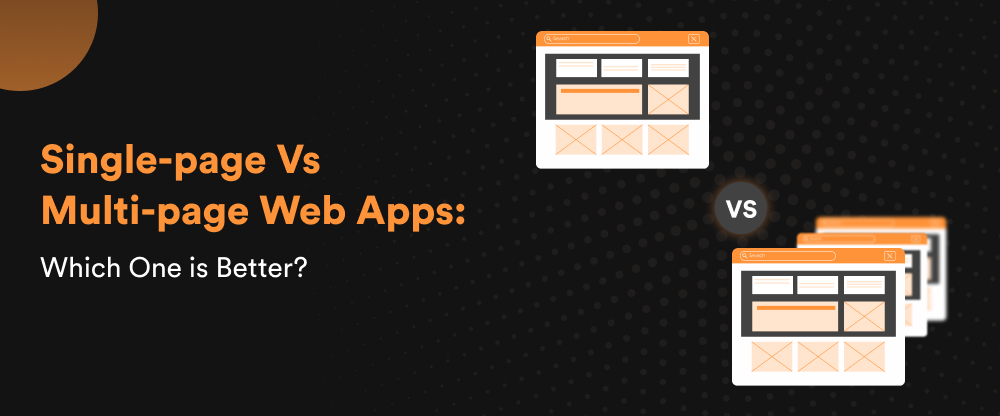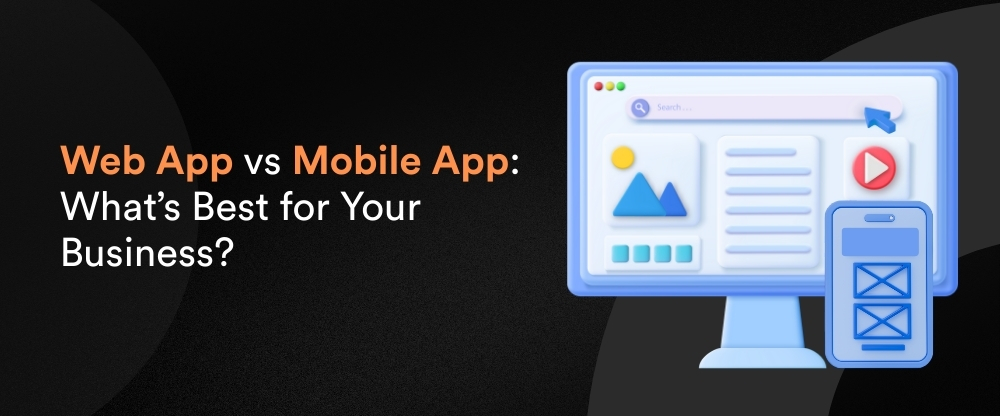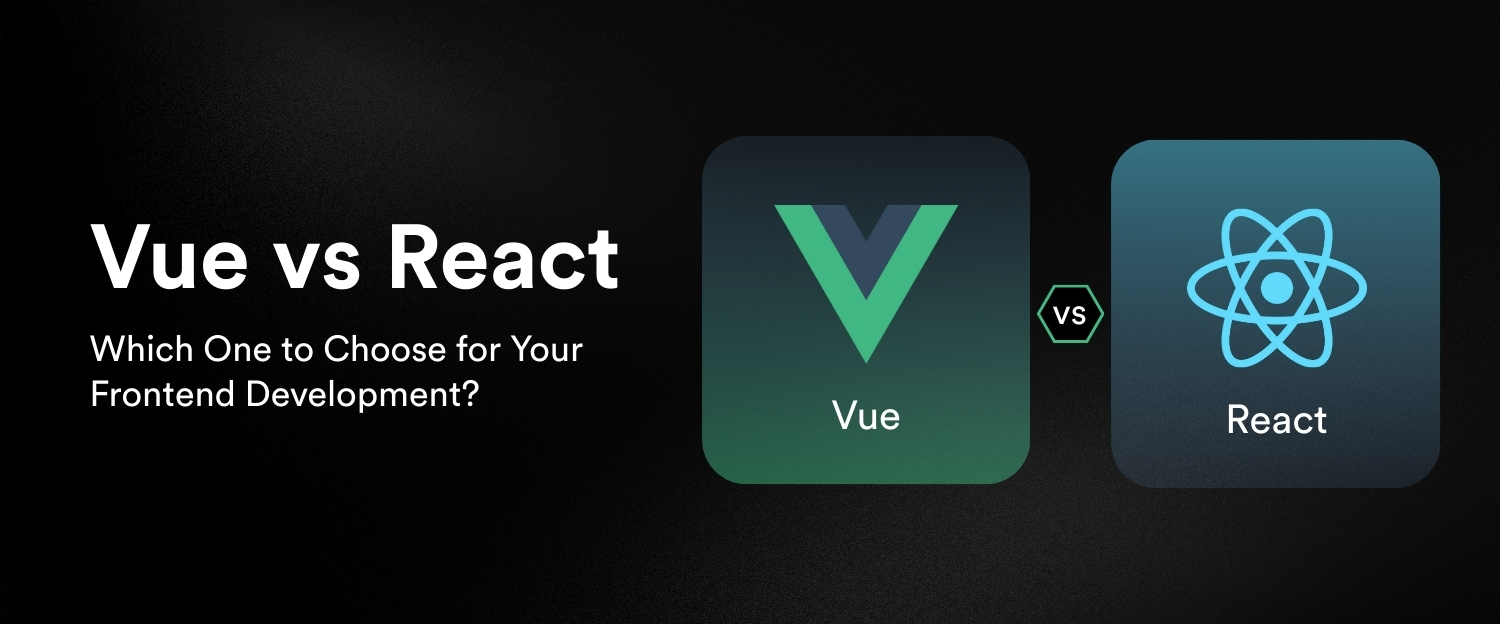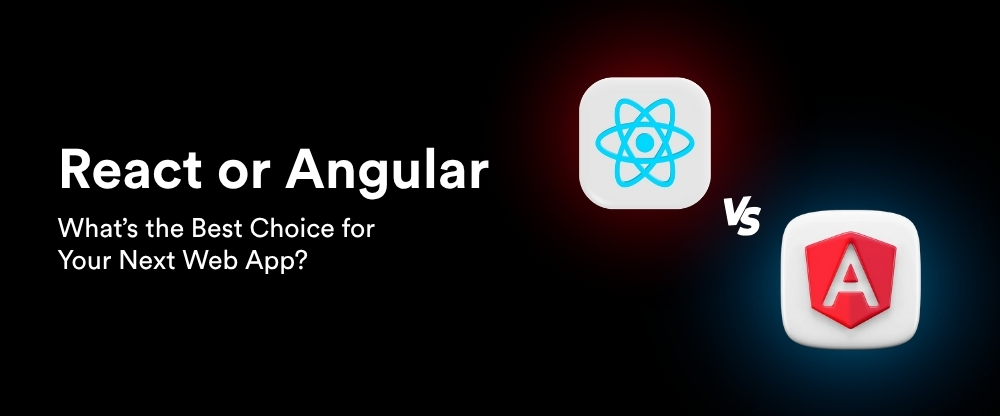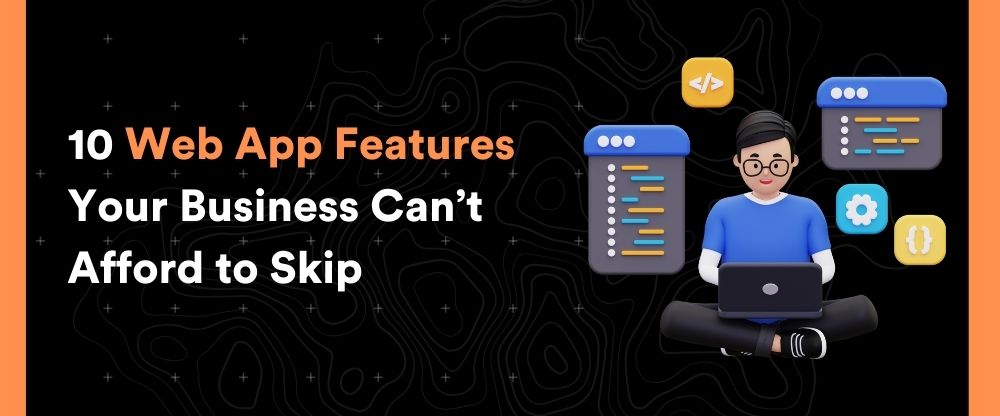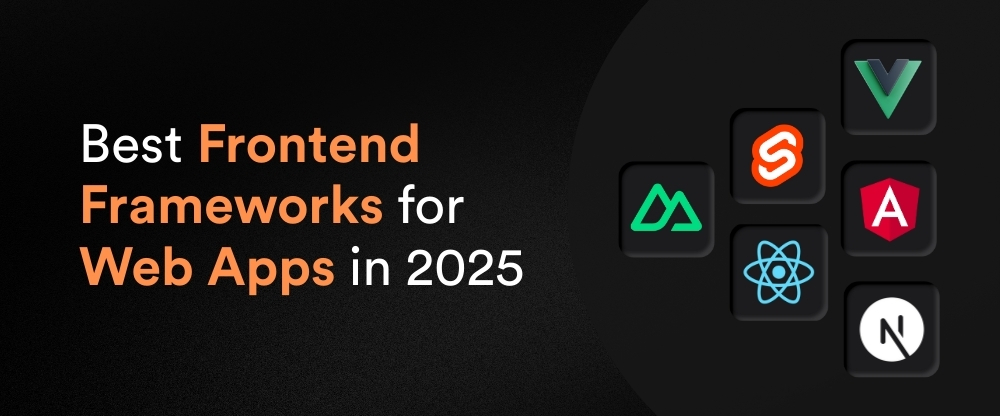
Users don’t care about your backend architecture or server setup. They just want things to work and have a smooth experience on every device. Frontend frameworks make this happen. They handle the complex stuff like animations, data updates, mobile responsiveness.
Therefore, you need to have the right framework to build powerful web applications. A wrong tech stack can slow down loading times and kill conversions.
This guide covers what actually works in 2025-just practical advice for choosing frameworks that deliver results.
What Makes Frontend Frameworks Essential for Modern Web Apps?
While users interact with buttons, forms, and visual elements on the surface, frontend frameworks handle the complex workflow underneath
- managing data flow,
- ensuring responsive design, and
- creating those smooth interactions.
The business impact runs deeper than aesthetics:
- User Retention: Modern frontend frameworks make apps load 40-60% faster than traditional websites
- Development Efficiency: Established framework patterns enable teams to build features 3x faster using
- Maintenance Costs: Well-structured framework code reduces long-term maintenance by up to 50%
- Mobile Performance: Framework-optimized apps consistently outperform custom-built solutions on mobile devices
Framework Breakdown: What Actually Works in 2025?
React.js - The Reliable Workhorse

React offers both power and practicality. After nearly a decade of refinement, it provides mature solutions for common web app challenges.
Why do businesses choose React for frontend development?
- An extensive library ecosystem solves most development challenges without custom coding
- Component reusability reduces development time for complex interfaces
- Strong hiring pool across Australia, from junior to senior levels
- Proven track record with major applications (Facebook, Netflix, Airbnb)
Where React excels:
- Customer portals requiring complex user interactions
- E-commerce platforms with dynamic product catalogs
- Data-heavy dashboards and analytics tools
- Applications requiring frequent updates and feature additions
Vue.js - The Balanced Approach
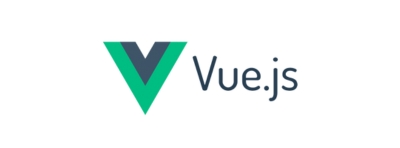
Vue earned its reputation by making complex development concepts accessible without sacrificing capability. It’s particularly appealing for businesses that need enterprise-level features but want to avoid Angular’s complexity.
Vue’s unique strengths are loved by the Sydney-based web app development agency:
- Gentle learning curve allows faster team onboarding
- Excellent documentation reduces development roadblocks
- Progressive adoption lets teams integrate gradually with existing projects
- Template syntax feels familiar to designers and traditional web developers
Ideal scenarios for Vue:
- Startups needing to move quickly with limited technical resources
- Existing websites requiring modern interactive features
- Projects where designers need to collaborate closely with developers
- Applications prioritizing maintainability over cutting-edge performance
Angular - The Enterprise Standard
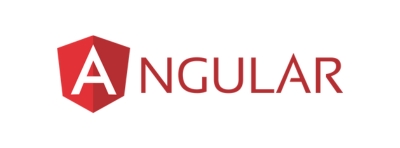
Angular appeals to organizations that value structure, comprehensive tooling, and long-term maintainability over rapid prototyping. It’s the framework equivalent of enterprise software—powerful but opinionated.
Angular’s competitive advantages:
- TypeScript integration catches errors before they reach production
- Comprehensive CLI automates routine development tasks
- Built-in testing framework ensures code quality
- Extensive enterprise features (dependency injection, routing, forms handling)
When Angular makes sense:
- Large-scale applications with multiple development teams
- Projects requiring strict code organization and architectural consistency
- Enterprise environments with formal development processes
- Applications handling sensitive data requiring robust security features
Consider alternatives if your team is under 5 developers, you need rapid prototyping, or your project has a tight timeline with little room for a learning curve.
Svelte & SvelteKit - The Performance Leader
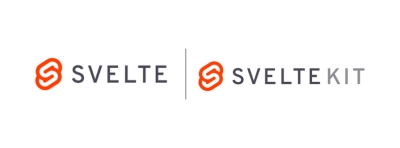
Svelte represents a fundamental shift in framework philosophy. Instead of shipping framework code to browsers, it compiles components into optimized vanilla JavaScript during build time.
Performance benefits:
- Smaller bundle sizes (often 50-70% smaller than equivalent React apps)
- Faster runtime performance with no virtual DOM overhead
- Reduced memory usage on lower-end devices
- Better battery life on mobile devices
SvelteKit additions:
- Server-side rendering for improved SEO
- File-based routing system
- Built-in optimization features
- Seamless full-stack development experience
Best applications for Svelte:
- Performance-critical consumer applications
- Content-heavy sites requiring fast load times
- Projects where minimal dependencies are preferred
- Teams willing to invest in emerging technology
Next.js & Nuxt.js - The SEO Champions
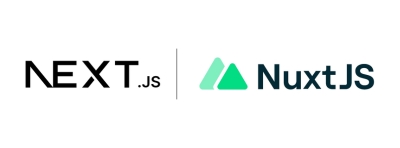
These meta-frameworks maintain framework benefits while ensuring excellent SEO performance.
Business advantages:
- Server-side rendering improves search rankings
- Automatic code splitting reduces initial page load
- Built-in performance optimizations require minimal configuration
- Hybrid rendering supports both static and dynamic content
Strategic use cases:
- E-commerce sites competing for organic search traffic
- Content marketing platforms
- B2B applications where discoverability matters
- Companies prioritizing Core Web Vitals performance
How to Choose the Right Framework (Without Getting Overwhelmed)?
Performance and Speed Requirements
| Framework Type | Typical Load Time | Best Use Cases |
| Lightweight (Vue, Svelte) | 1–2 seconds | Content sites, small apps |
| Full-featured (React, Angular) | 2–3 seconds | Complex applications |
| Server-rendered (Next.js, Nuxt) | 0.5–1 seconds | SEO-critical sites |
Different frameworks handle growth differently:
- Component-based systems (React, Vue) excel when adding new features regularly.
- Opinionated frameworks (Angular) provide structure for large teams, but can feel restrictive for smaller projects.
- Compiled frameworks (Svelte) maintain performance as applications grow, but may require specialized knowledge.
Team and Talent Factors
The Australian development market presents unique considerations:
- React developers are most abundant, especially in major cities
- Vue expertise is growing, but still limited outside Sydney and Melbourne
- Angular specialists command premium rates but deliver enterprise-grade solutions
- Svelte knowledge remains niche but is expanding rapidly among progressive agencies
Reality Check: The most technically superior framework becomes worthless if you can’t find skilled web app development services to implement it properly.
Framework Comparison: Key Metrics

🎧 Podcast: Best Frontend Frameworks for Web Apps in 2025

Prefer listening? In this episode, our Sydney web development experts break down the top frontend frameworks for 2025. We cover React, Vue, Angular, Svelte, and Next.js explaining where each shines and how to choose the best one for your project.
Making Your Framework Decision
Whether launching a startup in Sydney or scaling nationwide operations, choosing the right framework is about finding what works best for your business goals, team skills, and long-term plans. The right framework choice accelerates business success rather than creating technical obstacles.
At VT Digital, we specialize in building fast and scalable web applications using the most reliable frontend frameworks for 2025. Our team helps you cut through the noise, evaluate your options and pick the right tech stack for real-world results.
Book a free consultation today and let’s choose the framework that fits your business perfectly.
Frequently Asked Questions (FAQs)
Vue.js or Svelte offer the fastest path to market for most startup scenarios. Vue provides excellent documentation and gentle learning curves, while Svelte delivers superior performance with minimal configuration.
Migration is possible but requires strategic planning. Vue excels at gradual integration with existing codebases. React and Angular typically require more comprehensive rewrites.
All major frameworks can accommodate Australian business requirements, but implementation differs. Angular’s enterprise features align well with government and finance sector needs. React’s ecosystem provides extensive payment and compliance libraries.
Select frameworks that can support reasonable growth projections without over-engineering the initial solutions. Vue and React scale well for most small business scenarios, while Angular provides a more structured foundation for ambitious growth plans.
Server-side rendering frameworks (Next.js, Nuxt.js) provide natural performance advantages. Client-side frameworks require additional optimization but can achieve similar results with proper implementation.



